A Handbook of Environmental Geography
Geography and environment are the study of the human-dwelling world along with the humans living on the Earth in several places; their environment and the various landscapes surrounding them. Environmental Geography is the discipline which goes, on to explain the effects of humans on their environment as well as the impact of the environment on humans. Basically, one can study the interrelationship & interdependence between the living beings and their surrounding environment. Environmental Geography is a mixture of both the disciplines, that is, Physical and Human Geography. It is good to use the resources coming from the environment but over-exploitation of anything leads to doom. Being the protective layer in the Stratosphere, the Ozone layer protects the living beings on Earth from the harmful UV (Ultraviolet) rays of the Sun. The UV rays have the capacity to cause permanent blindness, cataract, sunburn, skin cancer in all living beings. With the emerging population, the needs of humans too have increased. Most people own individual AC cars, separate houses which means separate ACs and refrigerators leading to the release of CFCs (Chlorofluorocarbons)- also known as one of the ODSS (Ozone Depleting Substances). Through the process of photo-dissociation, the atoms from the ODSS are released in the Stratosphere leading to catalysing the breakdown of ozone (O3) into oxygen (O2). It was first observed in 1982. After much depletion, the production of ODSs was banned in 1989 Ozone layer has been stabilised by the middle of 1990s and recovered in the 2000s. There is a huge connection between the ozone layer depletion and global warming. The global temperature has risen up since the industrial revolution. It mainly occurs when increased carbon dioxide (CO2) in the atmosphere absorbs and traps the heat on Earth itself without letting it escape. The present book is an interdisciplinary analysis of the natural and anthropogenic components, and therefore, a prerequisite for planning and development. This book offers comprehensive and up-to-date geographical information on all the aspects of the environment. It is an essential reading for the students of geography and environmental science. It will also be of value to a broader social science audience interested in the application of social knowledge to the understanding of environmental problems at the global and local scale.
Get it now and save 10%
BECOME A MEMBER

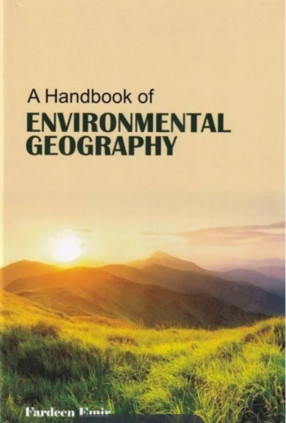
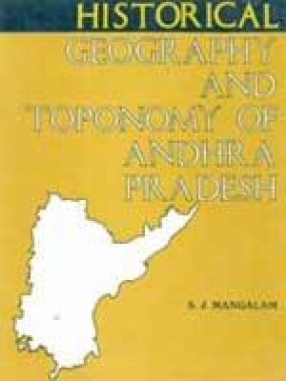
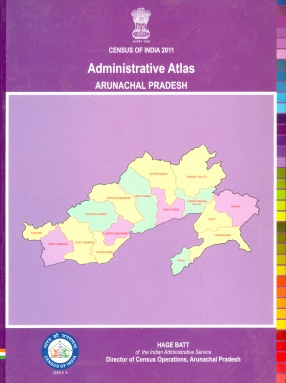
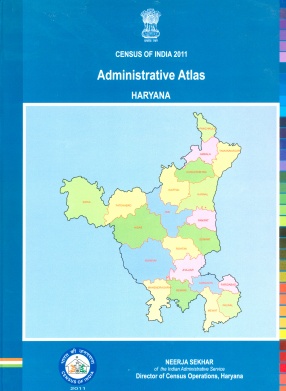
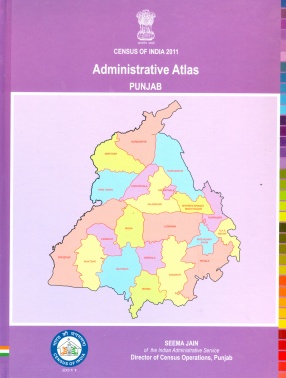

Bibliographic information